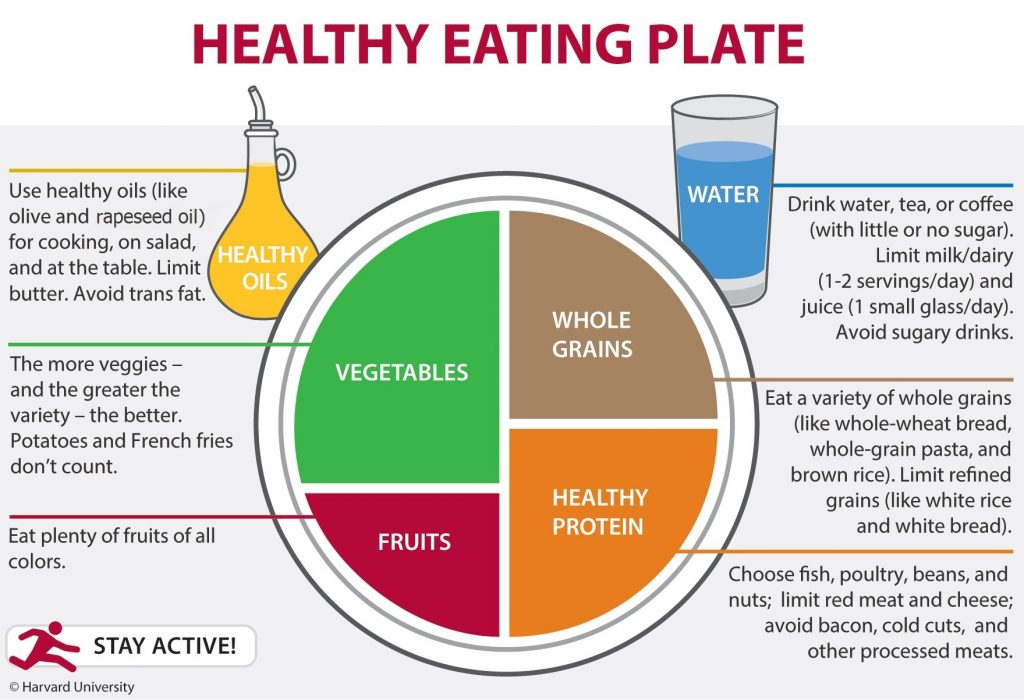Eating a ‘flexitarian’ diet means eating more vegetables, pulses and whole grains but less meat than the typical Western diet but does not involve going totally veggie/ vegan.
The flexitarian recipes in this section will demonstrate how a lower quantity of good quality meat can make delicious food go further while being better for your health, the environment and your pocket!

7 Reasons to Go Flexitarian
- It’s better for your health to eat less meat, especially red meat, processed meat and meat from factory farmed chicken and pigs.
- Vegetables, beans and grains are cheaper to produce than meat, as they use much less land and water to produce and are therefore better for health the environment as well as being cheaper. For example it requires 25 times more land to produce 1 kg of protein from beef than to produce the same amount of protein directly from soybeans.
- For every 100 calories of grain we feed animals, we get only about 12 calories of chicken, 10 of pork, or 3 of beef. If we used all the farmland to feed people directly with grains, fruit and vegetables, we could feed an extra 4 billion people.
- Eating less meat is fun – it gives you the chance to experiment with low-meat flexitarian recipes and to discover lots of delicious new dishes.
- Eating less and better meat is better for animal welfare as it can help bring an end to cruel factory farming methods and allow us to just eat free range high welfare meat.
- Eating less factory farmed chicken and pork will enable the UK and Europe to stop importing lots of soya from South America, most of which (97% of all soymeal) is used to feed farm animals. Soya planting is a major cause of tropical deforestation.
- You don’t have to give up meat completely, to be a flexitarian, but it’s about trying to reduce your meat consumption e.g. to three or four portions per week.
How Much Meat is it OK to eat?
It can be good both for your health and the environment to reduce your meat consumption considerably – or cut it out altogether. As shown in the Healthy Eating Plate below, it is important to vary your sources of protein and to have a diet that consists of a good balance – which means approximately 1/3 of your diet should consist of vegetables, and 1/4 of it from whole grains (including wholemeal bread, brown rice etc). Another 1/4 should be from protein sources (including lentils, nuts, quinoa, soy-based products including tempe and tofu and if choosing to be flexitarian – also some fish, poultry and perhaps an occasional portion of good quality, ethically sourced and organically produced red meat). The rest of your diet should consist of fruit – and in my opinion, chocolate – without which life isn’t worth living is it 😉
